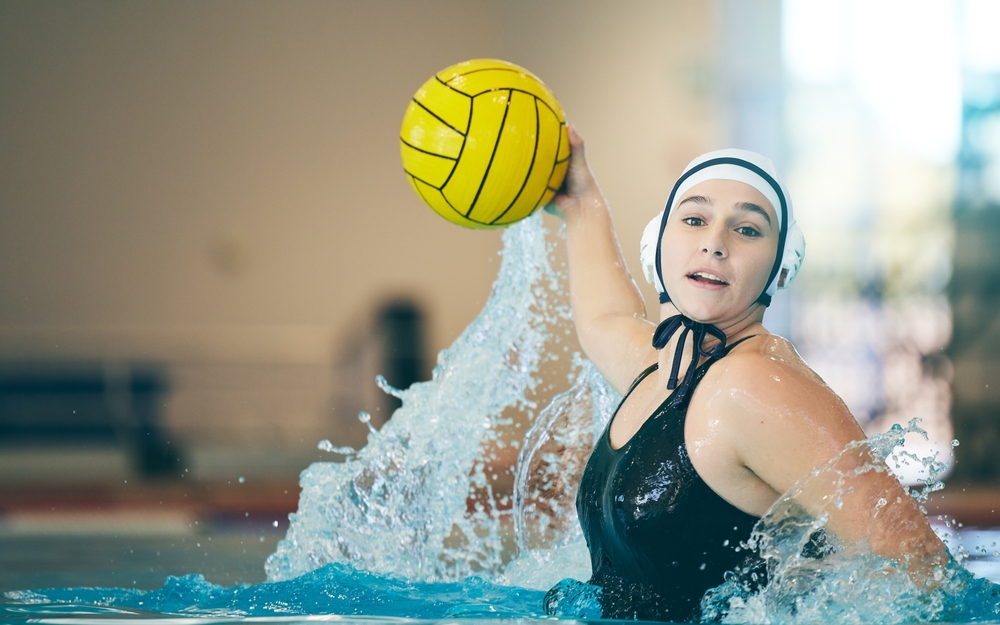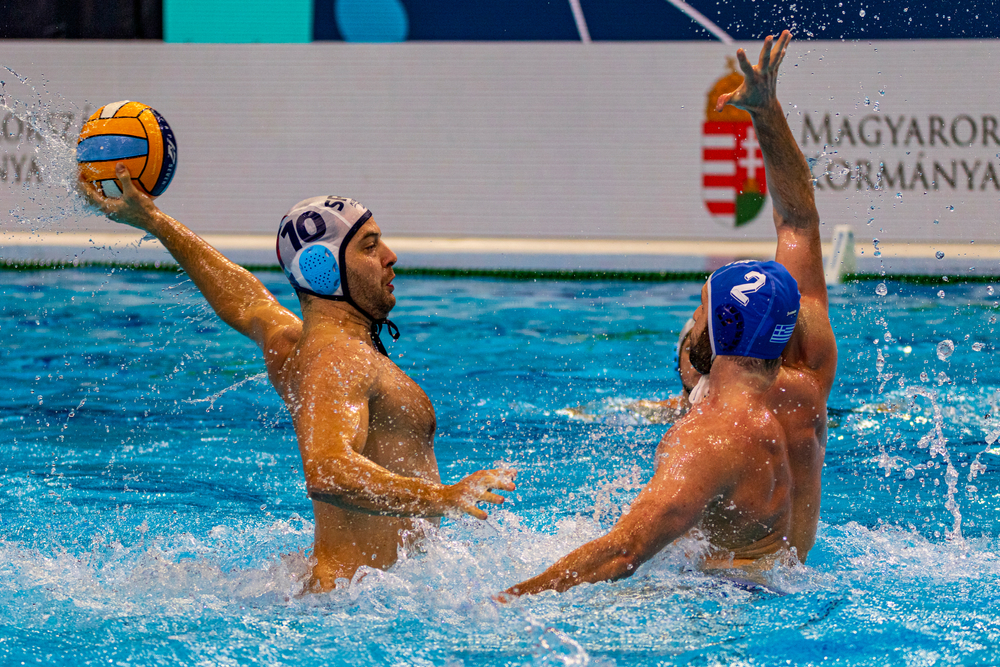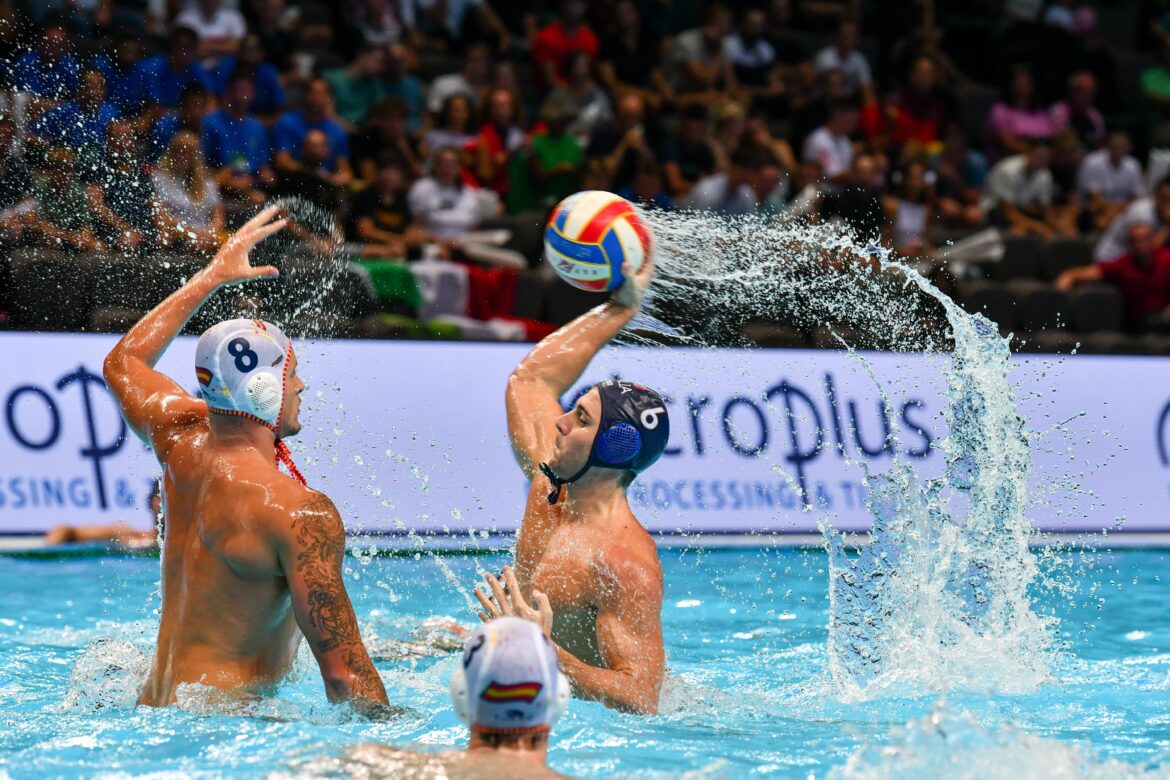Water polo is an exciting and fast-moving sport that mixes swimming, teamwork, and smart strategies. Known for its physical intensity and strategic depth, it’s no surprise that beginners can find the rules and regulations a bit overwhelming. If you’re new to water polo or considering diving into the sport, this beginner’s guide will walk you through the essential rules and regulations to help you understand the game better.
What Is Water Polo?
Water polo is a team game played in a pool where the goal is to score by throwing a ball into the other team’s net. Each team has seven players in the water at once: six field players and a goalie. The match is split into four quarters, and the team with the most goals when the game ends wins.

Basic Rules of Water Polo
1. The Pool and Playing Area
– Water polo is played in a rectangular pool, typically 20 by 10 meters for international competitions. The pool is divided into two halves by a line, and each half has a goal at each end.
– There are goal lines, a 2-meter line, and a 5-meter line that players need to be aware of for various rules and strategies.
2. Team Structure
– Each team consists of seven players: six field players and one goalkeeper. Substitutions can be made during stoppages in play, and each team has a roster of additional players who can rotate in.
3. Objective of the Game
– The main goal is to score by throwing the ball into the other team’s net. Each time you score, you get one point. The team with the most points when the game ends wins.
4. Starting the Game
– The game begins with a sprint from the center of the pool. The referee will toss the ball into the center, and players from each team race to gain possession.
5. Scoring and Fouls
– Scoring: A goal is scored when the whole ball goes completely over the line between the posts and under the bar.
– Fouls: Water polo has a variety of fouls, including personal fouls and team fouls. Minor fouls result in a free throw for the opposing team, while major fouls can lead to a player being excluded from play for 20 seconds. Serious fouls, like brutality, can result in a player being ejected from the game.
6. Playing the Ball
– Players can use one hand to handle the ball, except for the goalkeeper who can use both hands within the 5-meter area.
– Swimming with the ball requires skill, as players must maintain balance and movement while avoiding defenders.
7. The Goalkeeper
– The goalkeeper is the only player allowed to use both hands to block shots within the 5-meter area in front of the goal. They are crucial for defending against goals and can also pass the ball to teammates.
8. Exclusion Fouls
– Certain fouls, like holding or pulling an opponent, result in an exclusion. The offending player must leave the pool for 20 seconds, and their team plays with one fewer player during this time.
9. Power Plays
– When a player is excluded, the opposing team has a temporary numerical advantage known as a power play. This is a crucial time for the attacking team to capitalize on the opportunity and score.
10. Timeouts and Breaks
– Each team gets a few timeouts during the game to plan and make changes. Plus, there are short breaks between the quarters to rest and regroup.
11. Refereeing and Penalties
– Water polo matches are overseen by referees who enforce the rules and ensure fair play. They have the authority to award penalties, exclude players, and manage the flow of the game.
12. Substitutions
– Substitutions are allowed during stoppages in play or when the ball is out of bounds. Teams can make tactical changes and freshen up players to maintain high energy levels throughout the game.
Key Strategies for Beginners
1. Basic Swimming Skills
– Strong swimming skills are fundamental for water polo. Players should be comfortable treading water and swimming with the ball while maneuvering through defenders.
2. Ball Handling
– Practice dribbling and passing the ball with accuracy. Good ball control helps in maintaining possession and setting up scoring opportunities.
3. Defensive Techniques
– Learn to mark opponents effectively and anticipate their movements. Good defense involves both physical positioning and strategic play.

4. Team Communication
– Water polo is a team sport that relies heavily on communication. Players need to work together, call out plays, and support each other both offensively and defensively.
5. Conditioning and Fitness
– The game is physically demanding, so maintaining good fitness and endurance is crucial. Regular conditioning will help players perform at their best during games.
Conclusion
Water polo is an exciting sport with a unique set of rules and regulations that can seem complex at first. Understanding the basics, from the structure of the game to key fouls and strategies, will enhance your enjoyment and performance. Whether you’re a player, coach, or fan, grasping these fundamentals will help you appreciate the skill and strategy involved in this dynamic sport. Dive into water polo with confidence, knowing that you’re well-prepared to enjoy and excel in this thrilling aquatic game.

